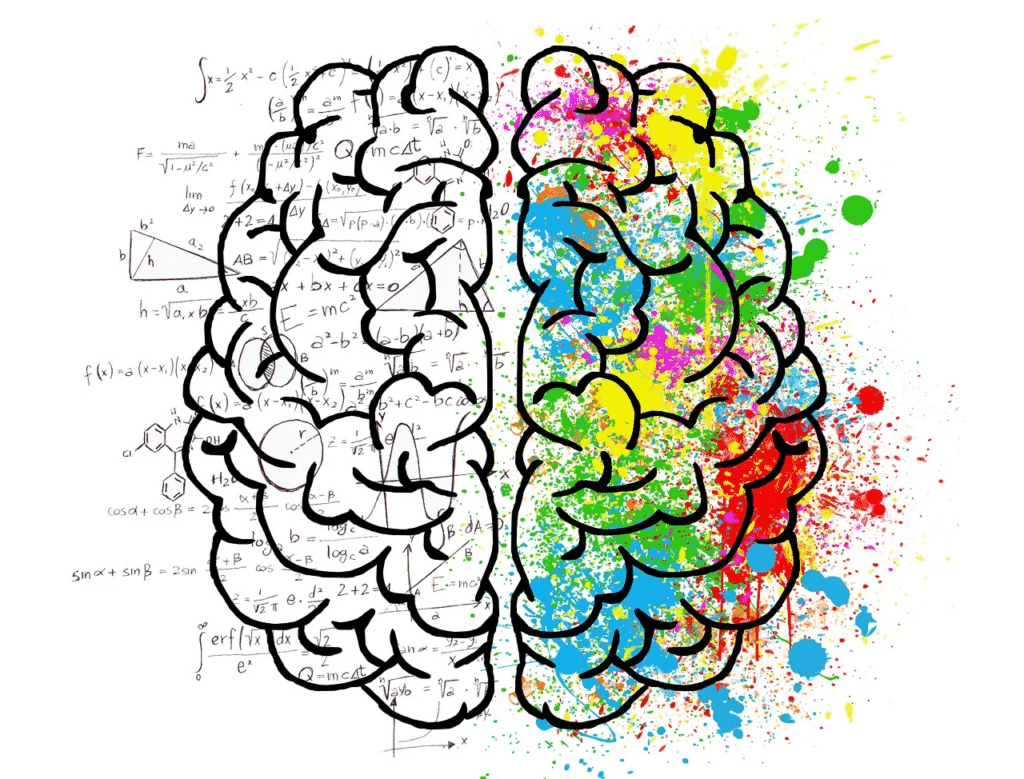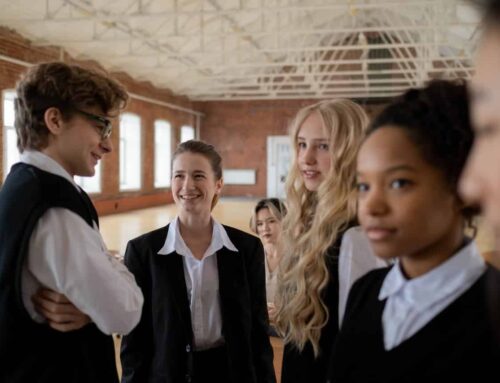If you’re a teacher or even a parent set on maximizing your child’s education, instilling creativity and diversity should always be at the forefront. However, this can be difficult; creativity is an abstract term, and it’s hard to force. In this blog, we’ll discuss how you can demonstrate and teach creativity in your school or household.
Want to invest in your student’s or teen’s future? Beta Bowl can help.
Why Your School Should Support Your Creativity
Creativity is an essential skill, and one that’s often overlooked in education nowadays. Creativity is necessary to create ideas that are both appropriate for a situation but also novel and genuine. A student who can channel their creativity towards their work will stand out compared to students who can only regurgitate information they learn and not apply it across disciplines. In our shifting world, being able to use and create ideas cross-discipline is an essential (albeit rare) ability to have.
As a result, creativity is an essential skill in the workplace, so it’s something that students should look towards developing early on. This study found that CEOs labeled creativity as the most useful skill a leader can have.
Think of Creativity As A Superpower
To understand why we should prioritize creativity, think about it as a superpower; creativity is an overarching ability that allows you or your student to connect multiple disciplines. As a result, creativity transcends most other skills, as it can combine and transform other concepts.
Similarly, using ‘creativity as a superpower’ model is a great way to encourage your student to pursue creativity. While it can’t be forced, you can encourage your student to develop their creativity by helping them realize the potential it has. For example, discussing creative writing prior to an English assignment would be an excellent way to prime your student to think outside of the box.
Related: How to Help Your Child Succeed in High School
Use A Creativity Model
Despite a model’s perceived rigidity, using a creativity model or diagram is a great way to get your student thinking about how they can develop and depict their thoughts. You can model creativity for your students by describing ways you use them yourself. For example, you can tell your students about potential ways to introduce the lesson, then have them brainstorm another. Since creativity is applied across all sorts of fields, it’s always possible to create examples for your students to follow. In addition, walking your students through your ideation process is a great way to get them involved and get them thinking in the same creative way that you do.
See Your Assignments as Divergent & Convergent Thinking
There are two types of creative thinking: divergent and convergent thinking. Divergent thinking occurs when you try to create many ideas to think about a problem or occurrence. For example, brainstorming an idea or project is a great way to arrive at divergent ideas creatively.
On the other hand, convergent thinking is the process of converging your ideas and knowledge towards creating a concrete solution to a specific problem. While it may not be obvious at first, finding a solution takes a lot of creativity – problem-solving is a niche skill that requires thorough analysis and idea integration.
Be Curious About Stuff & How it Works
Curiosity is the underlying mechanism that breeds creativity and an out-going mindset. If you can encourage your student or child to be curious about their work, you can indirectly promote divergent thinking. Since divergent thinking stems from having a variety of ideas and a broad brainstorming process, curiosity can help your child or student enhance those abilities. The best way to go about this is to encourage your child or student to be curious and to lead them there – investigate, as a group, why things work the way they do and how they do it.
Related: How to Make the Most of High School
Use Games
A great way to improve your creativity is to play games that can stimulate that type of thinking. A concrete way to foster creativity is by playing games that require analysis and connections. By forcing you to make connections and think outside of the box, your brain will train itself to think creatively. An example game for creativity is a memory game since this will require your mind to adapt to the situation and become more responsive. However, as demonstrated in a study by Sheppard Air Force Base, even video games like Portal 2 have a positive effect on brain activity and creativity.
Broaden Your Mind with Art, Music, & Culture

While the idea that only musicians require creativity is simply untrue, there is a reason for that belief – forms of humanities like art, music, and culture exude large amounts of creativity. Having your student or child analyze these works will give them an idea of how they can replicate them in their work. That isn’t to say studying art is enough on its own; rather, it teaches what creativity can output and how it is depicted in real life. Students still need to take risks and test themselves to produce creativity on their own.
A Few Summer Ideas
The summer is a great time to express and grow your child’s or student’s creativity. In this section, we’ll explore a few of the ways you can do just that.
Create A Family (or friend circle) BookClub
Book Clubs are a great way to study and analyze the creativity of others. While reading may not make you creative itself, it will show you how creativity can be expressed through writing. Having your student come into contact with creative works and learn to express themselves is the first step to developing their creativity.
Explore Your Fashion Sense
For children who are still discovering their sense of style and place in the social order, exploring fashion is a great way to become acquainted with some of the physical manifestations of creativity. Fashion is an excellent depiction of modern art and the work of many creative thinkers. In fact, even studying fashion’s progression over time is a great insight into the human perspective. If your student is younger, they can also check essential fashion and clothing and talk to you about their perspective.
Related: Middle School vs. High School: What Parents Should Know
Cook (Or Learn to Cook)
Cooking is another great way to express creativity while exercising your mind and making a tasty product. While cooking may seem straightforward, brainstorming changes in ingredients or directions can alter your product. By analyzing the changes you can create and implementing your ideas, you can creatively alter any recipe. Students can experiment with minor changes for a student, helping students express their creativity in your food. However, it’s essential to guide your student through the process; while some alterations can be ‘wrong,’ discussing your reasoning will help you ideate through the creative process.
Start A Business or Charity
While it may seem daunting for a student, creating a business or charity is a great way to express your creativity towards a cause that you care about. If you start a business, you will have to be creative in making a product and being unique. Additionally, marketing effectively, finding consumers, and reaching product differentiation all take creative measures. Similarly, if you were to create a charity, you would have to brainstorm the same process (albeit without the goal of profiting). Guiding your student through the process is necessary but will help them creatively make their ideas and decisions.
Final Thoughts

The idea of ‘creativity’ may seem too abstract or intangible to teach your child or student. Nonetheless, creativity is a crucial skill and is often labeled as one of the most important workforce leaders. As a result, any caretaker is responsible for instilling curiosity and creativity in their student. If you can do that, you’ll help your students be strong decision-makers and expert brainstormers.
Help your teen plan for success with Beta-Bowl!







